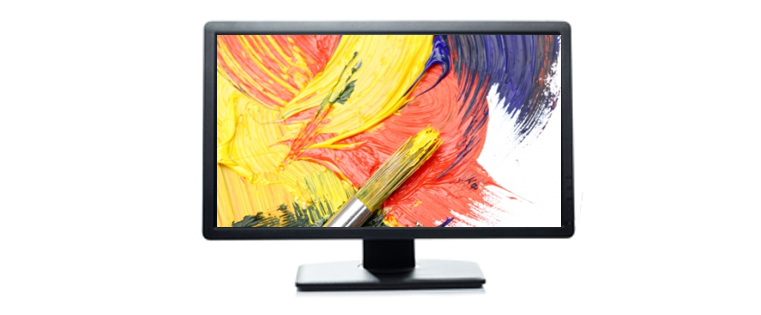Creating a Visual Style Guide for eLearning

Visual elements are vital components of e-learning, making the crucial difference between a popular and well received course, and a flat, uninteresting one. It is stated that “design is the visual language of your course.”
→ Download Now: Instructional Design 101
One cannot ignore the fact that e-learning is predominantly a visual medium, where the good visual presentation of ideas, concepts, issues & alternatives, interactivities, and assessments determines the success of the course. In earlier blogs on style guides and formatting, we had shown how consistency and uniformity play an important part in holding learners’ attention.
Benefits of Visual Style Guides:
- A visual design guideline can effectively assist IDs convey a sense of professionalism and clarity to the learner. A professional look is the cornerstone of elearning courses, and having a uniform guideline to steer various experts on visualization is critical. The tone, mood, response, and success of an e-learning course are set by an effective visual design.
- Preparing visual guidelines specific to your organization not only helps in making eLearning clear, easy to read, and readily comprehensible, but also saves on time, effort, and finances spent on creating courses. Since e-learning is a predominantly visual exercise, ensuring that all visual aspects work in harmony becomes an important responsibility of the instructional designer.
- Visual confusion in the placement of objects can be avoided by creating a few standard set of templates. Setting a few templates depending on the subject/topic of the course and assigning a set of templates for a particular strategy speed up routine work.
Let us look at a few important components that an effective visual style guide should incorporate.
- Display or the Layout Template: Templates, screenshots of preferred layouts, spacing, topographical details such as subtitles, typeface, style, color, size and alignment, captions, etc., are the essential elements that need to be specified and set in visual style guides. Preferred page layouts and the number of words/sentences per slide to avoid clutter and learning fatigue are the basic elements to be incorporated in a visual style guide. Established practices and consensus among teams on these parameters speed up the entire production process significantly.
- Specifications on the Usage of Images: Images/pictures play a pivotal role in creating an impactful course. The use of appropriate images to support your content has to be rightfully stressed and enforced through visual style guides. Preferred practices such as the use of images rather than bullet points, real photographs rather than clip art images, the type of images for technical subjects, etc., specified in style guides help in bringing out a standardized product. Specifications on the use of influential and meaningful images rather than random images can have a crucial, touching impact.
- Establish the Clever Use of Colors: Color, it is well accepted, is a crucial and important element of visual design, as it can evoke emotions and reactions from learners. Specifications on the usage of colors such as the use of soft backgrounds for screens and dark colors for text, limiting the usage of colors in courses; preferred color scheme generators, and color combination libraries for creating a professional palette will lend a visually appealing look to online courses.
- Specification of a Color Palette: Visual style guides need to set the main colors, identify colors for the overall interface and background, accent colors, hyperlinks, etc. Types of images to use, color photos, black and white photos, illustrations or clip art image sizes, standard sizes of images, borders and image placements, are all integral to visual style guides.
Visual style guides thus become essential to ensure conformity and consistency in e-learning units, where a number of teams and individuals work on courses at various times.





